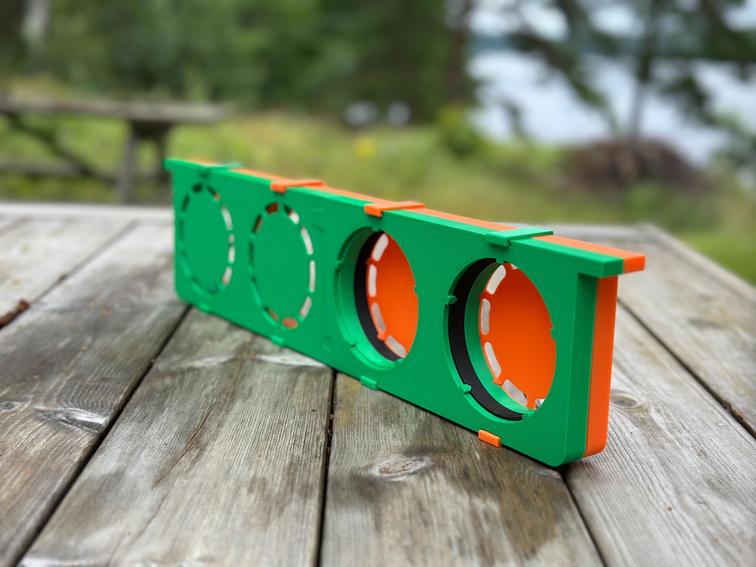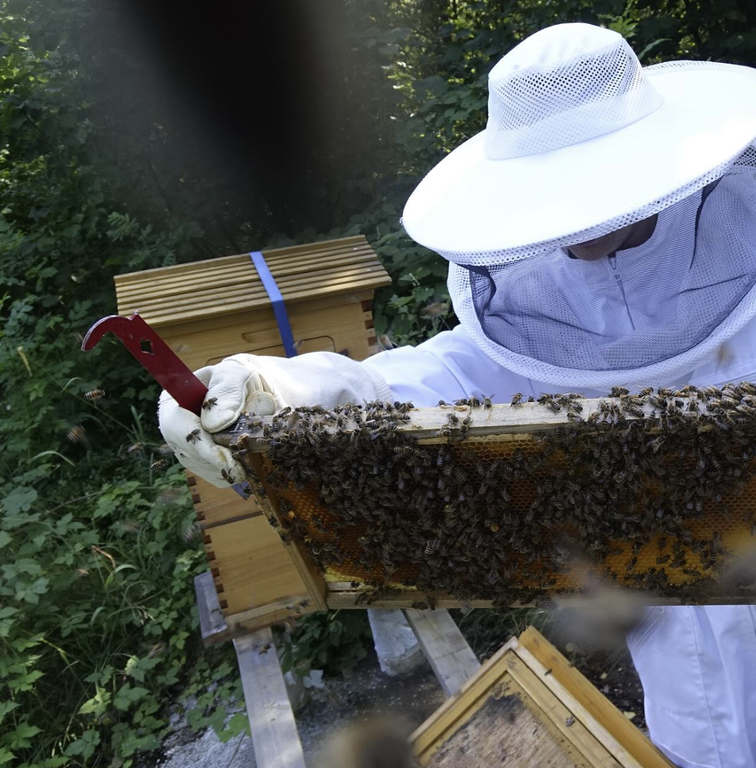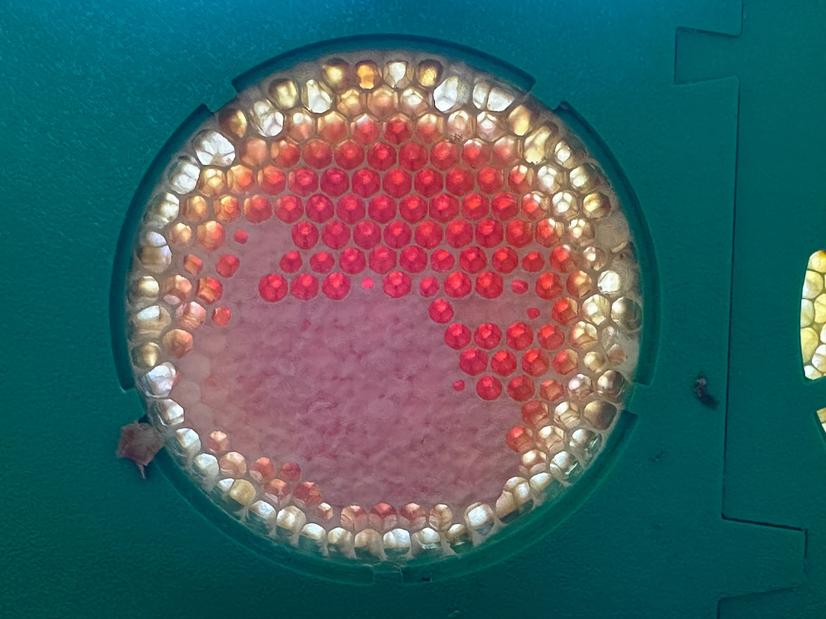Idea
Three years into beekeeping using the Flowhive system, we are always looking for new ways to harvest honey since we don't have space for traditional methods. We started beekeeping primarily to increase the number of pollinating insects in our area after watching some alarming documentaries about the decline of these insects and the potential consequences if we lose them.
We became interested in the Ross Rounds and Ceracell's round comb frames, but living in Sweden makes it difficult and extremely expensive to source these frames.
I work professionally with 3D printing, helping companies of all sizes change the way they produce tooling, fixtures, spare parts, and end-use parts. I have extensive knowledge in design, DFAM (Design for Additive Manufacturing), and production using this technology. I began the design process as a fun experiment to explore what can be achieved with additive manufacturing, both for prototyping and production/distribution




